
| Gap-lined Pantydia EREBINAE, EREBIDAE, NOCTUOIDEA | (donherbisonevans@yahoo.com) and Stella Crossley |
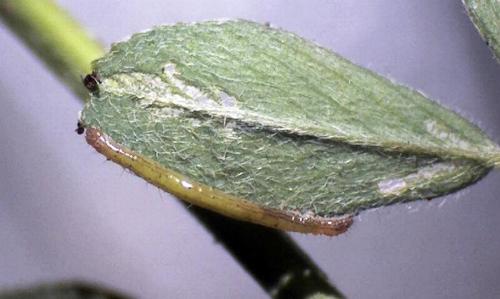
(Photo: courtesy of Steve Williams,
Moths of Victoria - Part 8)

| Gap-lined Pantydia EREBINAE, EREBIDAE, NOCTUOIDEA | (donherbisonevans@yahoo.com) and Stella Crossley |

(Photo: courtesy of Steve Williams,
Moths of Victoria - Part 8)
The young Caterpillars of this species are pale green shading to pale brown at the head and tail.
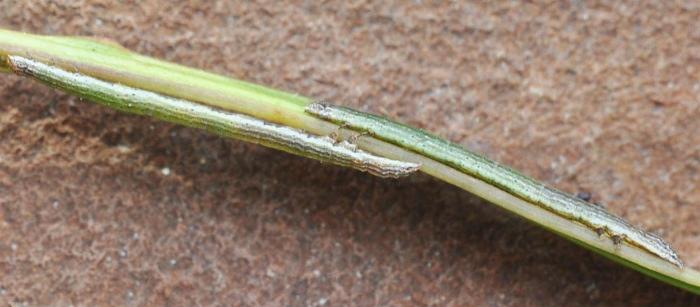
The caterpillars have been found on
Later instars acquire a striped pattern.
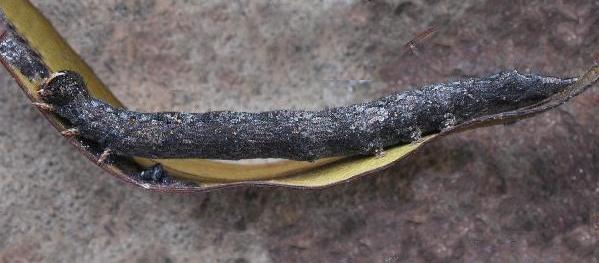
The final instar is a patchy brown or dark grey, sometimes with some orange spots and lines. It has a dorsal nodule on the tail, and faint zigzag lines along each side, and a head that seems to have a white nose.
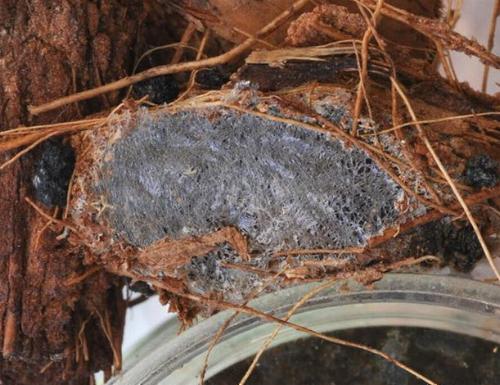
The caterpillar pupates in a cocoon spun in the ground debris.
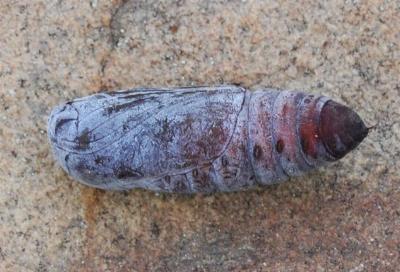
The pupa is brown, and covered in a white greasy powder.
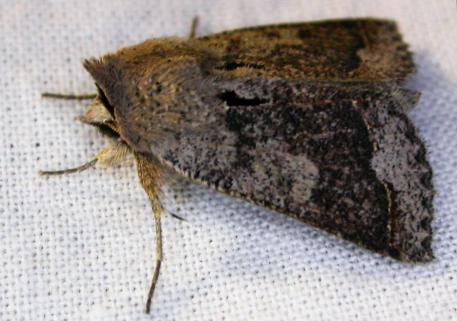
The adult moths are various shades of brown, with variable dark areas and a thin pale submarginal undulating line, not reaching the costa or hind-margin, on each forewing.
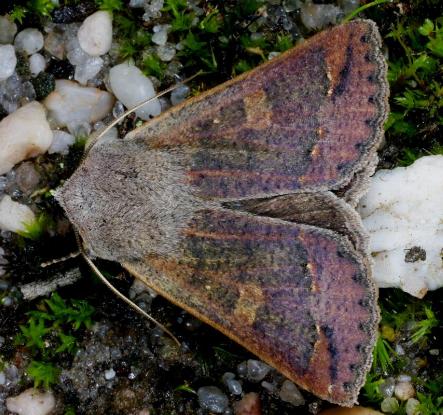
The moths have a wide crest behind the head with a black front.
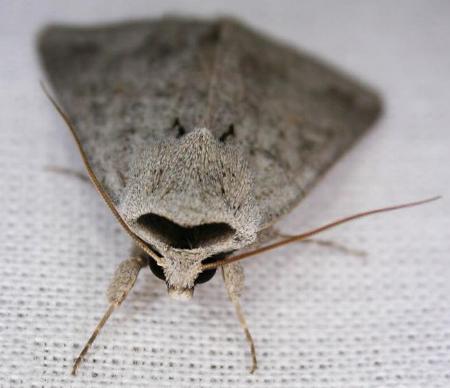
The hindwings are plain pale brown. The wingspan is about 3 cms.
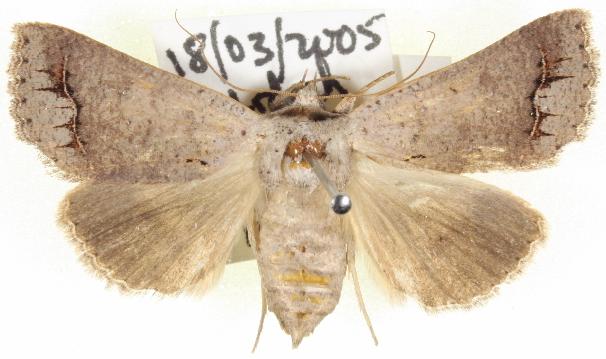
The eggs are grey and spherical, with minute grooves and dimples. They are laid in an untidy array on any convenient surface.

The moths are found all over Australia, including:
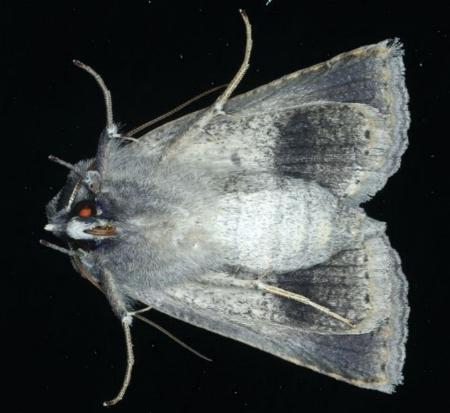
While most Pantydia can be separated by examining the underside of the hindwing, Pantydia diemeni can be recognized by the break in the forewing submarginal line.
Further reading :
Ian F.B. Common,
Moths of Australia,
Melbourne University Press, 1990, fig. 44.20, p. 450.
Achille Guenée,
Noctuélites,
in Boisduval & Guenée:
Histoire naturelle des insectes; spécies général des lépidoptères,
Volume 9, Part 6 (1852), pp. 437-438, No. 1309.
Peter Marriott,
Moths of Victoria - Part 8,
Night Moths and Allies - NOCTUOIDEA(B),
Entomological Society of Victoria, 2017, pp. 22-23.
 caterpillar |  butterflies |  Lepidoptera |  moths |  caterpillar |
(updated 14 May 2013, 15 February 2023)